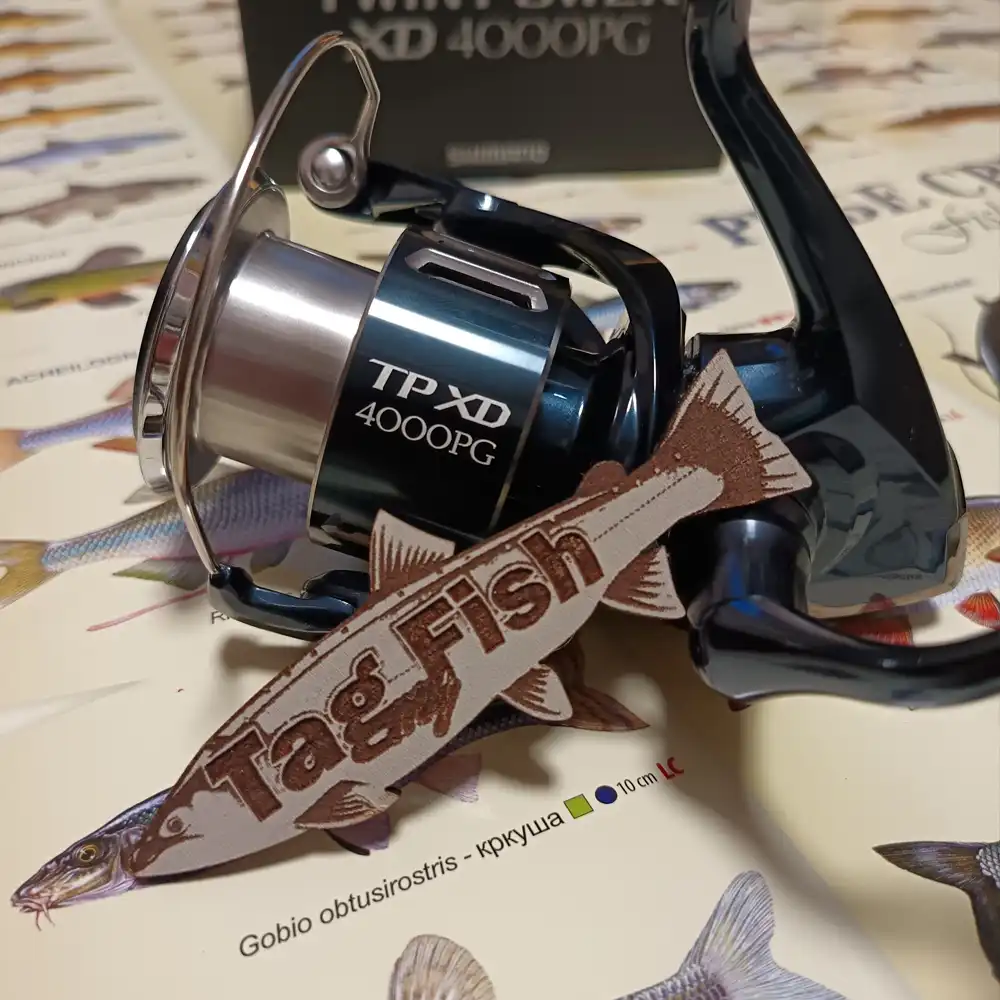White Nile

General data
- Name: White Nile
- Water system: Nile
- Water type: River
- Source: Lake Albert
- Progression: Nile -> Levantine Sea -> Mediterranean Sea -> Atlantic Ocean -> Planet Earth
- Climates: Tropical
- Continents: Africa
- Countries: Sudan, Tanzania, Uganda
he White Nile is a river in Africa, one of the two main tributaries of the Nile, the other being the Blue Nile. The name comes from colouring due to clay carried in the water. In the strict meaning, White Nile refers to the river formed at Lake No, at the confluence of the Bahr al Jabal and Bahr el Ghazal Rivers. In the wider sense, White Nile refers to all the stretches of river draining from Lake Victoria through to the merger with the Blue Nile. These higher stretches being named the Victoria Nile (via Lake Kyoga to Lake Albert), the Albert Nile (to the South Sudan border) and then the Mountain Nile or Bahr-al-Jabal (down to Lake No). White Nile may sometimes include the headwaters of Lake Victoria, the most remote of which being 3,700 kilometres (2,300 mi) from the Blue Nile.

 English
English
 Spanish
Spanish
 German
German
 French
French
 Serbian
Serbian
 Russian
Russian

